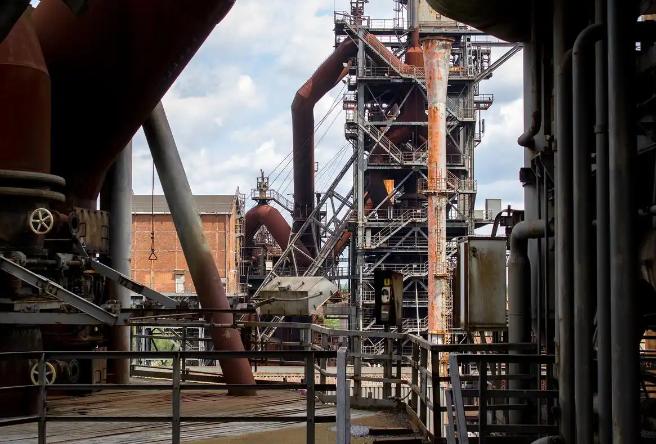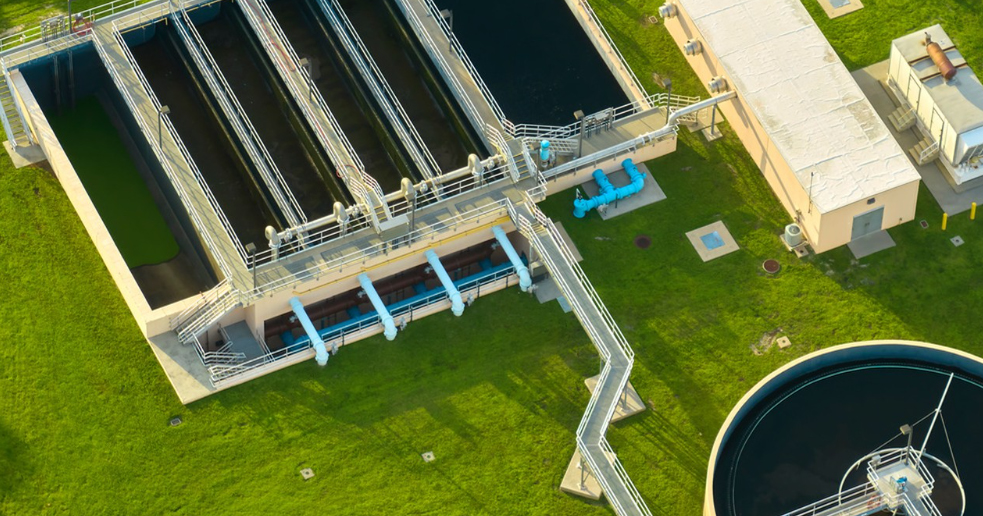In the realm of industrial wastewater treatment, metal-containing wastewater poses significant challenges due to its complex composition, often containing emulsified oils, heavy metals, and various organic/inorganic pollutants. A critical tool in addressing these challenges is the demulsifier, particularly the specialized demulsifier for metal wastewater or metal wastewater demulsifier. This article explores the role of demulsifiers, especially in the context of metal wastewater treatment, and highlights their mechanisms, applications, and importance as a key demulsifier agent.
What is a Demulsifier?
A demulsifier is a chemical agent designed to break down emulsions—stable mixtures of two immiscible liquids, such as oil and water—by disrupting the interfacial film between the dispersed droplets. In metal wastewater, emulsions often form due to the presence of surfactants, grease, or metal-working fluids, which stabilize oil-in-water or water-in-oil mixtures. Without treatment, these emulsions are difficult to separate, leading to inefficient wastewater processing and potential environmental hazards when discharged.

The Role of Demulsifiers in Metal Wastewater Treatment
1. Emulsion Destabilization
The primary function of a metal wastewater demulsifier is to destabilize emulsions. Unlike general demulsifiers, those formulated for metal wastewater are tailored to interact with specific contaminants like heavy metal ions (e.g., copper, nickel, chromium) and the surfactants that stabilize their emulsions. They achieve destabilization through multiple mechanisms:
-Neutralizing Charges: Many emulsified droplets carry electrostatic charges that prevent aggregation. Demulsifiers, often cationic or anionic polymers, neutralize these charges, allowing droplets to come together.
-Breaking Surface Tension: Demulsifiers reduce the surface tension at the oil-water interface, weakening the protective film around droplets and promoting coalescence.
2. Facilitating Phase Separation
Once emulsions are destabilized, the demulsifier agent aids in separating the oil phase from the water phase. In metal wastewater, this separation is crucial for subsequent treatment steps, such as chemical precipitation of heavy metals or biological degradation of organic matter. Effective phase separation improves the efficiency of downstream processes, reducing operational costs and enhancing treatment efficacy.
3. Removing Complex Pollutants
Metal wastewater often contains not just emulsified oils but also dissolved metal ions and suspended solids. Specialized demulsifiers for metal wastewater are designed to interact with these components synergistically:
-They may contain functional groups that chelate or adsorb heavy metals, enhancing their removal during flocculation.
-By breaking down emulsions, they release encapsulated pollutants, making them more accessible to other treatment chemicals.
Key Features of Metal Wastewater Demulsifiers
Compared to generic demulsifiers, demulsifiers for metal wastewater have distinct advantages:
-Formulation Specificity: They are engineered to work in the high pH or high salinity conditions often found in metalworking industries, such as electroplating, metal finishing, or machinery manufacturing.
-Compatibility with Metal Treatment Processes: These demulsifiers are designed to not interfere with subsequent heavy metal removal techniques, such as lime precipitation or ion exchange.
-Environmental Friendliness: Modern formulations prioritize biodegradability and low toxicity, aligning with strict environmental regulations for industrial discharges.
Application Process
The use of a metal wastewater demulsifier typically involves the following steps:
1.Conditioning the Wastewater: Adjusting parameters like pH and temperature to optimize demulsifier performance.
2.Demulsifier Addition: The demulsifier agent is added in controlled doses, either directly or through a mixing system, to ensure uniform distribution.
3.Mixing and Flocculation: Gentle agitation promotes contact between the demulsifier and emulsions, leading to droplet aggregation and the formation of flocs.
4.Phase Separation: The destabilized mixture is allowed to settle, with the oil phase skimmed off and the water phase proceeding to further treatment.
Conclusion
In industrial wastewater management, the metal wastewater demulsifier plays an indispensable role in addressing the complex challenges of emulsified metal-containing streams. As a specialized demulsifier agent, it not only breaks down stable emulsions but also enhances the overall efficiency of wastewater treatment systems by facilitating subsequent pollutant removal processes. With increasing environmental regulations and the need for sustainable industrial practices, the development and application of effective, environmentally friendly demulsifiers for metal wastewater will continue to be a critical focus in pollution control and resource recovery. By understanding their mechanisms and leveraging their specific advantages, industries can achieve cleaner discharges, comply with regulatory standards, and contribute to a more sustainable approach to managing metal wastewater.
As a manufacturer of metal wastewater demulsifiers, our specialized agents efficiently disrupt emulsions in heavy metal-containing wastewater by neutralizing charges and reducing surface tension, enabling effective oil-water separation. If you have any inquiry, please contact brian@san-mei.com












